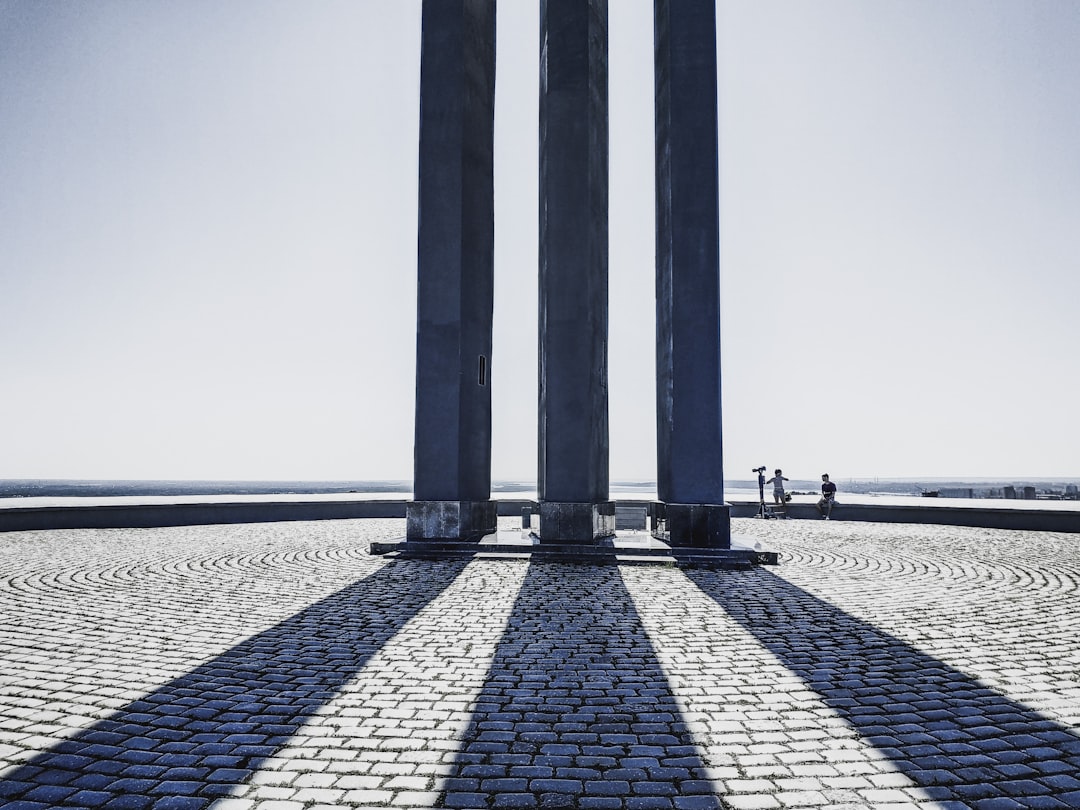
The Ultimate Monuments Experience: Discovering History's Treasures
## Introduction. Traveling to monuments around the world can be not only an eye-opening experience but also a journey through time. From ancient ruins that tell tales of civilization's triumphs and tragedies to breathtaking architectural feats that inspire awe, monuments serve as gateways to understanding our shared human history. In this blog post, we will explore some of the ultimate monument experiences across the globe, sharing insights into their historical significance, surrounding attractions, and tips for making the most of your visit. ## Understanding the Importance of Monuments. Monuments are physical manifestations of culture, history, and ideology. They can embody the achievements of a society or represent the struggles and resilience of a people. Visiting these sites allows travelers to gain insights into different cultures, appreciate artistic expression, and engage with diverse histories. Renowned monuments like the Colosseum in Rome, the Great Wall of China, and the Pyramids of Giza are prime examples that not only attract tourists but also educate them on the complexities of human existence. Each of these sites offers an incredible opportunity for reflection and connection to past events, shaping the identity of societies today. ## Must-Visit Monuments Around the Globe. 1. **The Great Wall of China**: Stretching over 13,000 miles, this iconic monument symbolizes the ingenuity and perseverance of Chinese civilization. The wall is not only a fortress but an awe-inspiring feat of architecture. Visiting sections like Badaling or Mutianyu allows travelers to experience breathtaking landscapes while learning about the dynasties that built it. 2. **Machu Picchu, Peru**: Nestled high in the Andes Mountains, the Lost City of the Incas is a UNESCO World Heritage Site and one of the most visited monuments in South America. The stunning ruins, coupled with the scenic backdrop, allow visitors to connect with ancient Incan culture and philosophical beliefs. Hiking the Inca Trail is a memorable way to reach this iconic site. 3. **The Taj Mahal, India**: As a symbol of love, the Taj Mahal offers a mesmerizing glimpse into Mughal architecture. The intricate marble inlay work and serene gardens create an atmosphere of tranquility. Visiting at sunrise or sunset not only enhances the beauty but also provides a peaceful experience away from the crowds. 4. **Stonehenge, England**: This prehistoric monument has captivated visitors for centuries. The massive stone circle sparks curiosity and invites exploration into its unknown origins. Engaging with knowledgeable guides can provide invaluable insights into Neolithic life, rituals, and astronomic alignments, enriching the visitor experience. ## Planning Your Monuments Experience. To make the most of your monument visits, thorough planning is essential. Research the best times to visit to avoid peak tourist seasons, allowing for a more intimate experience. Booking guided tours can offer added value, as guides can share fascinating stories and historical context that deepen your appreciation for the site. Furthermore, understanding local customs and practices can enhance your respect for these cultural treasures and provide a more immersive experience. ## The Role of Technology in Monument Exploration. In today’s digital age, technology can enhance your visits to monuments. Augmented reality apps, virtual tours, and informative audio guides facilitate deeper learning while exploring these structures. Many sites now offer mobile applications that provide detailed descriptions, interactive maps, and visitor tips, making it easier to navigate and engage with the historical context. ## Sustainable Tourism at Monuments. As the number of travelers to these monumental sites grows, the importance of sustainable tourism becomes paramount. Respecting the environment, supporting local communities, and minimizing our carbon footprint should be cornerstones of monument visits. Engaging with local guides, staying in eco-friendly accommodations, and participating in conservation efforts can help visitors contribute positively to the preservation of these historical sites for future generations. ## Conclusion. Exploring monuments around the world offers travelers unique opportunities to connect with history, culture, and people. By understanding the significance of these sites, planning visits with thoughtfulness, and embracing sustainable tourism, visitors can create lasting memories while contributing to the preservation of our shared heritage. The ultimate monuments experience transcends mere sight-seeing, inviting us to reflect on our past and shape our collective future. Prepare your itinerary, grab your camera, and embark on a journey to discover the treasures that strengthen our ties to humanity. .







